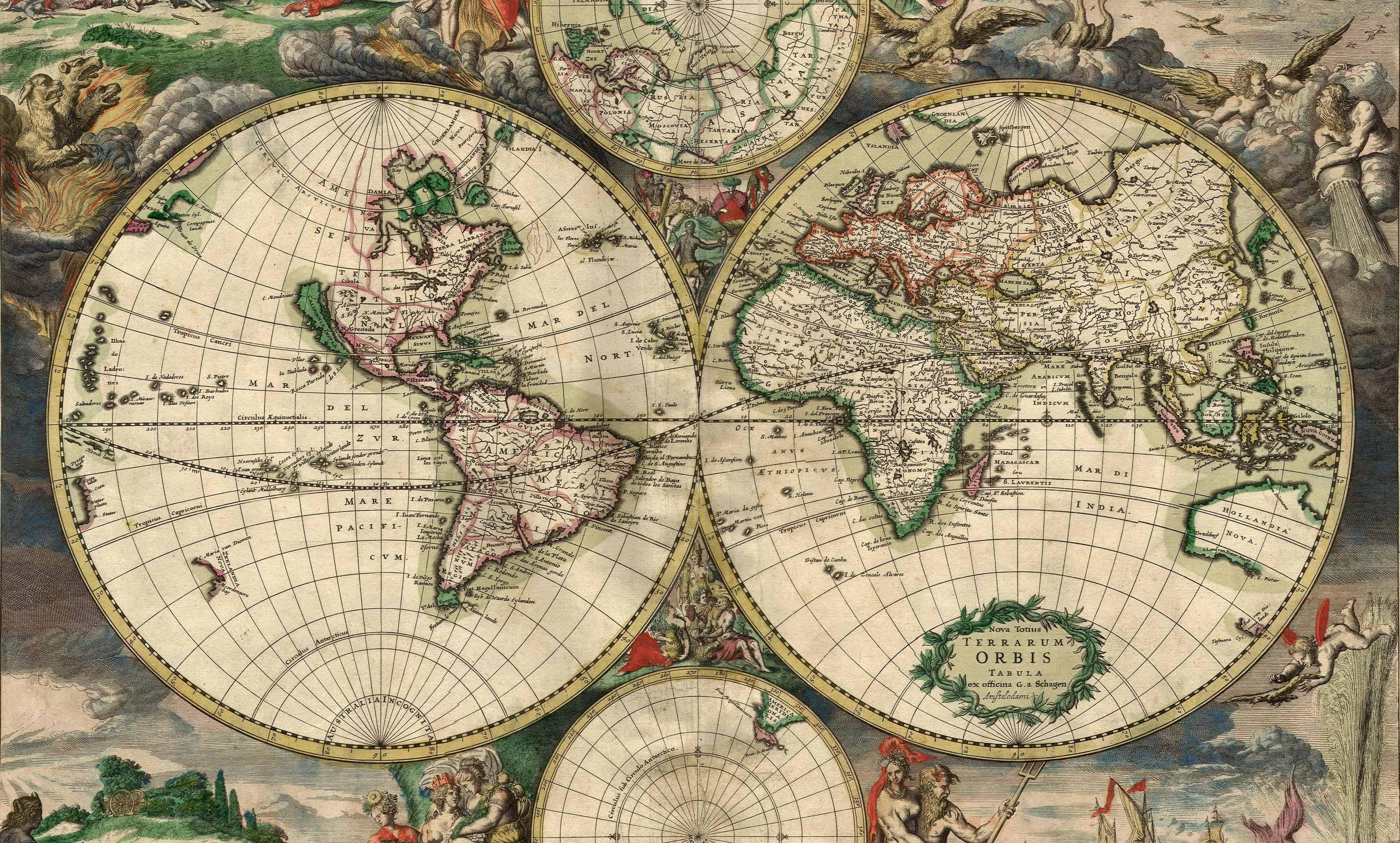October 06, 2014

Most people have heard the story about longitude. About how it was notoriously difficult to measure compared with latitude (which could be tracked using the position of the sun). Without accurate longitude, sailors had to use “dead reckoning” to find their way—using visual cues and speed guesses to try to head in the right direction. Not so useful in the middle of the ocean and the cause of many lost ships and sailors. After centuries without a solution, the British Parliament passed the Longitude Act in 1714, which offered a prize to anyone who could solve the problem (other longitude prizes had gone unclaimed in the 17th century). In 1756, John Harrison was declared the winner for his portable chronometer, which kept precise time to accurately measure distance traveled at sea, revolutionizing marine navigation. He won £15,315—the equivalent of about £2 million in 2014 currency. Even though others hadn’t devised a complete solution, several were given smaller amounts, either as encouragement or to recognize major contributions. More than £100,000 was given in all.
Fast-forward 300 years to the Longitude Prize 2014. What’s the challenge? Chosen by popular internet vote, the problem this time around is preventing the rise of antibiotic resistance, specifically by developing a rapid point-of-care diagnostic test for bacterial infections. Antibiotic resistance was chosen over five other shortlisted competitors from “Flight” (how can we fly without damaging the environment?) to “Food” (how can we ensure that everyone has nutritious sustainable food?). The £10 million prize comes from a lottery-funded charity in the UK, and details of the competition and what it will take to win are still being finalized. It remains unclear whether the prize is winner-take-all or if smaller amounts will be given for useful progress, as in the original Longitude Prize.
One prize competition that already has some winners (though more are to come) is Reinvent the Toilet, a challenge issued in 2011 by the Bill & Melinda Gates Foundation. It is both astounding and sobering to be reminded that the winners of this challenge could have 2.5 billion customers—the number of humans in the world without access to toilets. Here are the characteristics the Foundation was looking for in the ideal toilet:
 “Removes germs from human waste and recovers valuable resources such as energy, clean water, and nutrients.
“Removes germs from human waste and recovers valuable resources such as energy, clean water, and nutrients.- Operates “off the grid” without connections to water, sewer, or electrical lines.
- Costs less than US$.05 cents per user per day.
- Promotes sustainable and financially profitable sanitation services and businesses that operate in poor, urban settings.
- Is a truly aspirational next-generation product that everyone will want to use—in developed as well as developing nations.” [Gates Foundation, “Reinvent The Toilet Challenge” Factsheet]
The winners were announced in August. First place went to a team from Caltech, for a toilet that generates hydrogen and electricity. Second place honors were given for a toilet that produces charcoal, minerals and clean water. Other winners were equally inventive (including an entry from the London School of Hygiene and Tropical Medicine that uses fly larvae to transform waste into animal feed), and all seem a step up from ubiquitous flush toilets (although I’m not so sure about the flies).
The competition continues: in 2013, Bill Gates issued the same challenge in China and India, specifically for innovators in those countries. And another hurrah is deserved for the funding Gates is putting up to help develop some of the toilet winners to commercial viability. I’m eager for the revolution!
I’m also eager for the details of the 2014 Longitude Prize, and even more eager for the innovations that will emerge.
Hellen Gelband is CDDEP’s Associate Director for Policy.
1689 World Map image and Reinvent the Toilet Challenge image via Wikimedia Commons.











